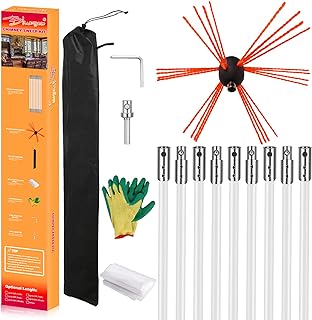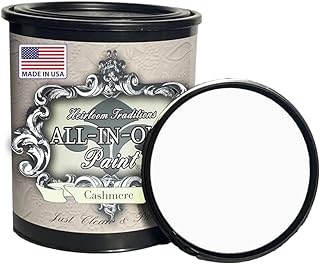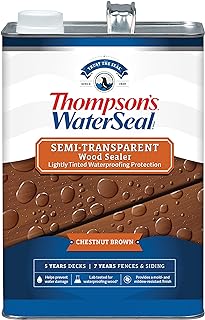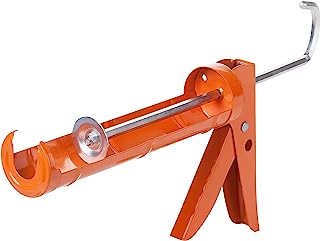5 important factors worth considering when looking for the best cement
When starting a construction project, it’s important to choose the right type of cement. This decision can greatly affect how long the building will last. There are many factors to consider, such as the specific needs of the project and the quality of the cement. With so many options available, it can be overwhelming to make a choice. In this article, we will discuss the key factors that builders, architects, and homeowners should focus on when buying cement. These factors can make a big difference in the success of your construction project.
See our guide to the best cement.
Type of cement
When choosing the right cement for your construction project, it’s crucial to understand its importance. The type of cement you use is like building a strong foundation for a building – it sets the tone for how durable and resilient the structure will be. Whether you go with ordinary Portland cement, rapid-setting cement, or blended cement, each type has unique qualities that can greatly affect the outcome of your project. Taking the time to match the specific needs of your project with the characteristics of the cement you choose is essential for getting the results you want.
In addition, the quality of the cement you pick says a lot about your dedication to quality work and the long-lasting nature of your construction. Choosing reputable brands that meet industry standards and focus on quality assurance can make a big difference in ensuring a smooth construction process and the structural strength of your finished project. As savvy consumers, it’s important to carefully examine the composition, strength, setting time, and sustainability features of the cement options available to you. By making a well-informed decision based on these factors, you not only protect the structural integrity of your building but also show a thoughtful approach to construction practices that value craftsmanship and the people who will use the building once it’s finished.
Strength and durability
When buying cement, it’s important to prioritize strength and durability. Quality cement should be able to withstand pressure and last a long time. Choosing cement with high compressive strength will ensure that your structures can handle different weather conditions and heavy loads. Durability is also key, as it affects how well the cement resists cracks, weathering, and decay over time. By focusing on strength and durability, you are setting a strong foundation for the longevity and stability of your construction projects.
While high-quality cement may cost more upfront, the long-term benefits make it worth the investment. Good quality cement not only prevents structural failures and issues with maintenance, but also improves the safety and lifespan of your buildings or infrastructure. By selecting a premium-grade cement known for its strong composition and long-lasting performance, you are guaranteeing that your projects will stay strong for many years. In construction, it’s true that you get what you pay for, especially when it comes to choosing cement that is incredibly strong and durable.
Setting time
When buying cement, it’s important to consider how long it takes for the cement to turn solid. This affects the strength and workability of the final concrete structure. Paying attention to this setting time is crucial for a successful construction project. Ignoring it could lead to delays, poor quality concrete, and complications.
Knowing the setting time of cement helps builders plan and carry out their projects accurately. Choosing the right cement based on setting time can streamline construction timelines and improve the structure’s reliability. Researching and comparing different cement products to find the best setting time can save time and money in the long term. Prioritizing setting time in the construction industry can enhance the quality and durability of any project.
Workability
Workability is a very important factor to consider when buying cement for a construction project. It affects how easy it is to mix and place the cement, as well as the overall quality of the project. Choosing a cement with good workability can make the construction process smoother and more efficient, reducing the likelihood of mistakes. A cement that is easy to work with can be molded and shaped accurately, leading to precise and durable results. Buying high-quality, workable cement is an investment in the success and durability of your project.
Workability also plays a role in how well the cement bonds with other materials, ensuring a strong and long-lasting structure. A cement that is easy to work with helps with proper hydration and adhesion, creating a solid bond that can withstand time. Selecting a cement with excellent workability not only improves the construction process, but also helps create a strong and visually appealing final product. Prioritizing workability when purchasing cement is not just about convenience, but about creating a solid foundation for a long-lasting project.
Cost
When buying cement, cost is an important factor in making decisions. The price of cement affects the project’s budget and shows how good the product is. While it might be tempting to choose the cheapest option, it’s important to think about the consequences in the future. Higher-quality cement may cost more at first, but it can be worth it because it lasts longer and performs better. Cheaper cement could cause problems later on, leading to expensive fixes and safety concerns. So, it’s important to find a balance between price and quality when buying cement for construction projects.
It’s also important to think about more than just the upfront cost when buying cement. Consider things like how long it lasts, how quickly it sets, how strong it is, and its impact on the environment. Choosing a reliable supplier who has a good reputation for providing high-quality cement ensures you get your money’s worth in the long run. Balancing cost with the quality and performance of the product is key to making smart decisions when purchasing cement. By carefully considering these factors, you can save money in the long run and ensure your construction projects are successful and long-lasting.
Conclusion
In summary, cement plays a key role in modern construction, changing how buildings look and helping with infrastructure. But, we can’t ignore the harm cement production does to the environment. Going forward, we need to find a balance between new ideas and being eco-friendly to make sure cement can keep being used to build things like bridges, houses, and neighborhoods without hurting the Earth. Want more info on night light for kids space, check the best night light for kids space.



